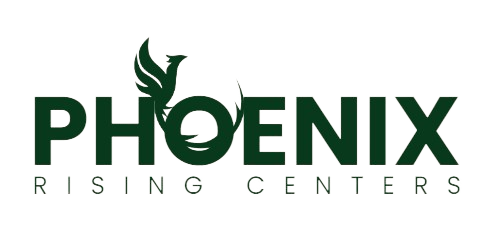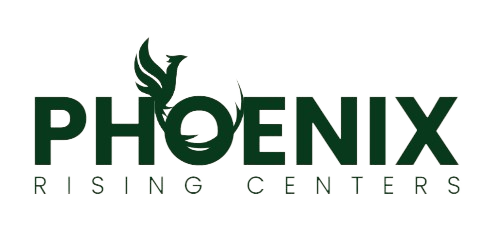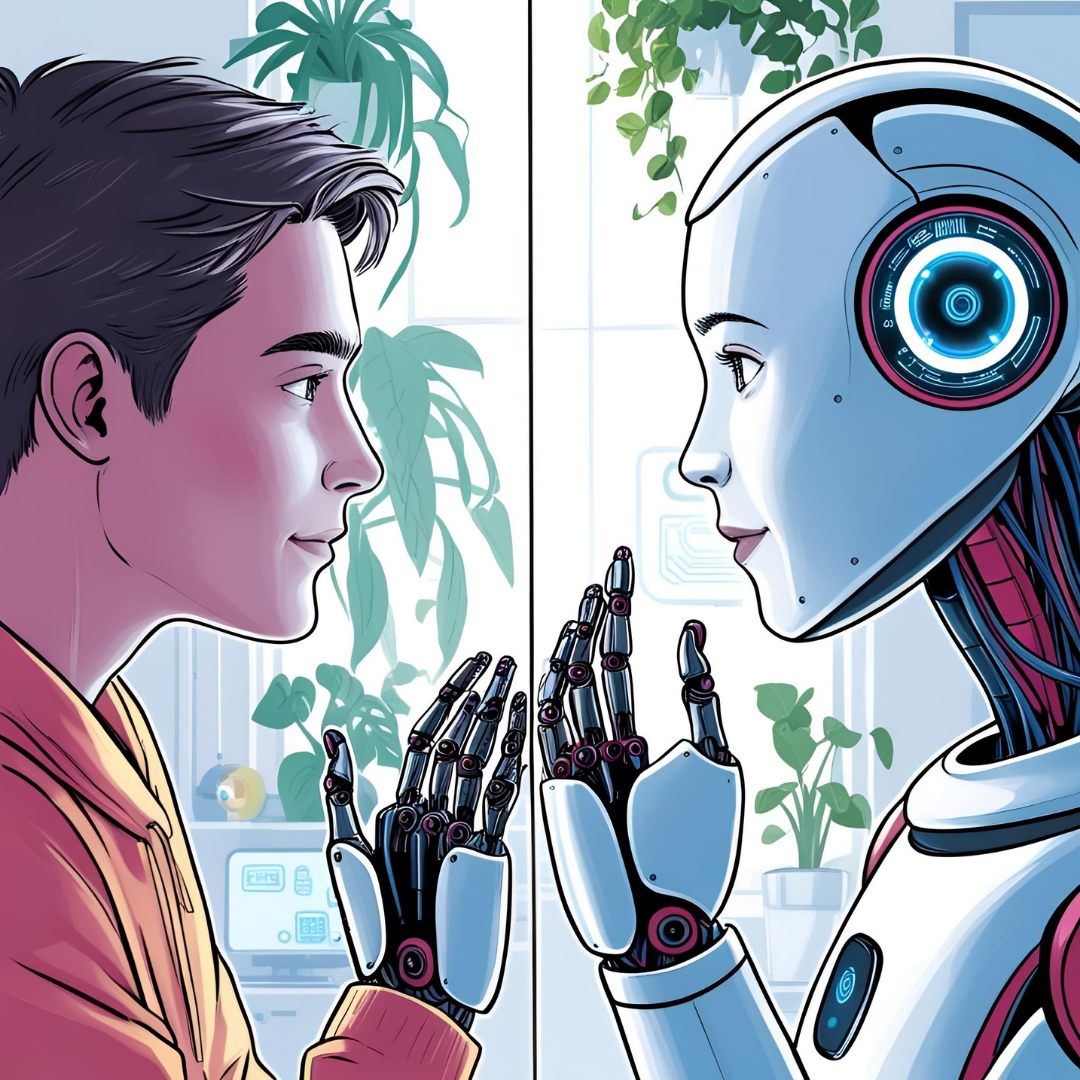Workplace Wellness in the Age of AI: Staying Human in a Fast-Paced Tech World
The workplace is evolving—fast. Artificial Intelligence (AI) is streamlining processes, reducing repetitive tasks, and changing how teams interact and perform. While these advancements bring undeniable benefits, they also introduce new challenges to employee well-being, connection, and identity at work.
As we integrate more technology into our workspaces, it’s crucial to ask: How do we stay human in an AI-driven world?
The New Reality: AI’s Impact on the Workplace
AI is revolutionizing how we work:
Automation of routine tasks means less admin and more strategic focus.
AI-driven decision-making speeds up processes but may leave employees feeling disconnected from final outcomes.
Virtual collaboration tools enhance remote work but reduce in-person connections.
While this can lead to higher efficiency, it also adds pressure to constantly adapt, learn new technologies, and redefine roles.
Rising Stress and Shifting Job Roles
Many employees report increased anxiety around:
Job security ("Will AI replace me?")
Skill relevance ("Do I need to learn coding now?")
Communication breakdowns due to over-reliance on tech tools rather than human interaction.
These factors can lead to higher stress levels, isolation, and a sense of purposelessness if not addressed.
5 Ways to Stay Human in an AI-Enhanced Workplace
1. Prioritize Emotional Intelligence (EQ)
As AI takes on analytical tasks, human skills like empathy, active listening, and emotional awareness become more valuable. Encourage emotional intelligence training and reward people-centered leadership.
🔍 Tip: Start meetings with emotional check-ins or empathy-based questions to ground discussions in human connection.
2. Reclaim Purpose at Work
Help employees connect with the “why” behind their roles. Even as automation handles tasks, the mission and impact of one’s work still matters deeply.
🧭 Tip: Share stories of how each team member’s work supports clients, customers, or the community.
3. Foster Connection Over Convenience
It’s easy to rely on Slack, emails, and AI-powered scheduling tools—but nothing replaces real human connection.
💬 Tip: Encourage video calls for team check-ins, in-person meetups (when possible), or virtual coffee chats to maintain relationships.
4. Create Safe Spaces for Learning and Growth
Tech anxiety is real. Offer low-pressure opportunities for employees to learn new tools and adapt to AI without fear of judgment or job loss.
🧠 Tip: Host “tech wellness” sessions or peer-led workshops to build skills in a supportive environment.
5. Balance Tech Use With Mindful Breaks
The faster we work, the more important it is to pause. Mindful moments counteract digital fatigue and enhance creativity.
🧘 Tip: Promote micro-breaks, mindfulness apps, or group meditation sessions during the workday.
Final Thoughts: Leading With Humanity
AI isn't the enemy—disconnection is. The organizations that will thrive are the ones that use AI to enhance, not replace, the human experience. By investing in emotional intelligence, meaningful relationships, and a culture of care, we ensure that workplace wellness evolves with technology—not despite it.
Let’s use this moment to redefine success—not just in terms of productivity, but in how supported, connected, and fulfilled our teams feel.


